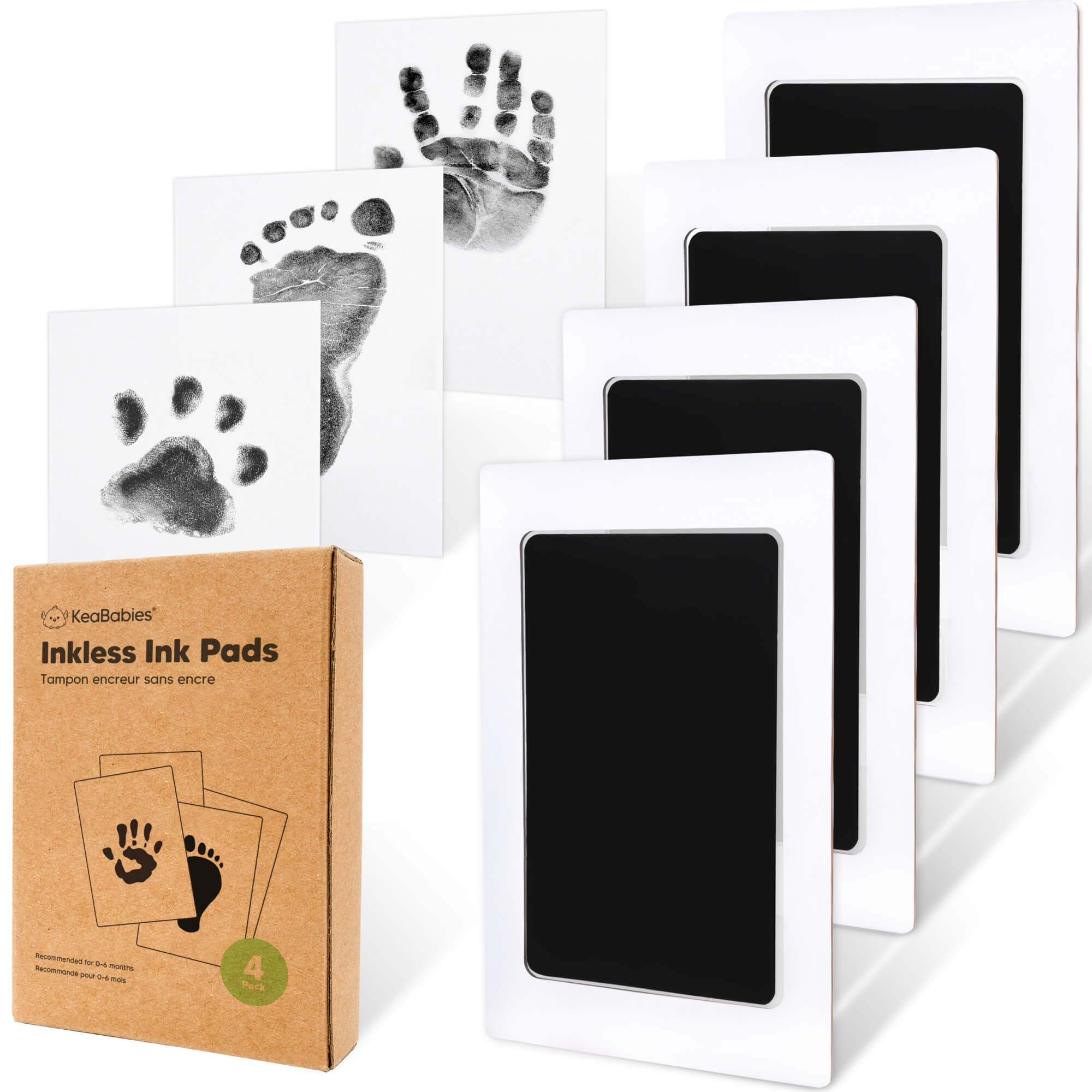
Teaching My Child Sign Language
When people think of teaching their child a language or more, they initially think of a spoken language. Teaching sign language would be fun to learn and may benefit your child's development throughout the process.When people think of teaching their child a language or more, they initially think of a spoken language. I know for me, I wanted our son to learn his father’s tongue Tagalog, one of the many dialects spoken in the Philippines. Since so much of the world speaks Spanish and it has similarities to Tagalog (Spain colonized the Philippines), I wanted him to learn that, too. I'm Jamaican, and depending on who you ask, the dialect of Jamaica, Patwa, can be seen as a language or merely an accent, something akin to American Ebonics.
Why Sign Language

In the later part of my pregnancy, I came across a graphic of 25 signs you can teach your child. These included basic things they would eventually ask for, such as milk, food, drink, mother, father, and more. I'd always been fascinated by sign language and thought it would be fun to learn a few signs while teaching my son.
It will not seem as if teaching sign language is working for the first couple of weeks and even months. It's not that much different from learning a spoken language, except in almost all cases, your child will sign before they talk. I learned to stay diligent and patient because my son had to get used to this new way of communicating. He was also learning how to coordinate the hand movements according to his needs.
Here are some benefits of signing, according to Hear Me Out:
-
Exercises the brain
-
Opens child up to the community and culture of deaf awareness
-
Enhances peripheral vision and reaction time
-
Strengthens communication skills
-
Improves spelling
-
Assists in becoming a better listener
-
Helps to make learning new languages easier
-
Develops body language skills
Signing Results
I don't remember when I started teaching my son to sign, perhaps between 7 and 8 months. After two months of repetition, wondering if it was working and if I should give up, he started signing back to me! I almost missed his subtle fist squeezes (milk). It was one for the memory book!
It took a lot of repetition, forgetting to practice daily, and questioning if I wanted to keep it up because I wasn't sure it was working. When he finally signed for "milk,” it was one of my happiest moments as a parent-teacher. I was challenging myself, he was learning, and we would both know how to communicate differently.
A few weeks later, he started to sign just about everything else I had been teaching him, and he picked up new signs quicker. It was amazing to watch, and I couldn’t help but gush about how brilliant my son is. His learning potential seemed bigger than I imagined.
Here is a list of 25 signs. Learn and practice while you teach your child a handful or more of the suggested.
Sign Up
Now he's able to verbalize most of his needs, he's signing less frequently. I realize I could have taught him more signs, especially for his newer needs (it's not too late, of course). I'm grateful I did give us a good start.
I also believe in the literature that it helps brain development. It prepared him to communicate with words. So, yes! Teach your child some signs if you can. You don't need to have known any signs beforehand, and you're not trying to become an expert sign linguist. Simply start with a handful of relevant signs. You can expand both your vocabularies as you go, or choose not to.
|
|
Meet Our KeaMommy Contributor: Nadia Rumbolt Nadia Rumbolt is a mom of many trades, including creative writing, blogging, van life, minimalism, veganism, the beach, nature, and the occult. |
























































